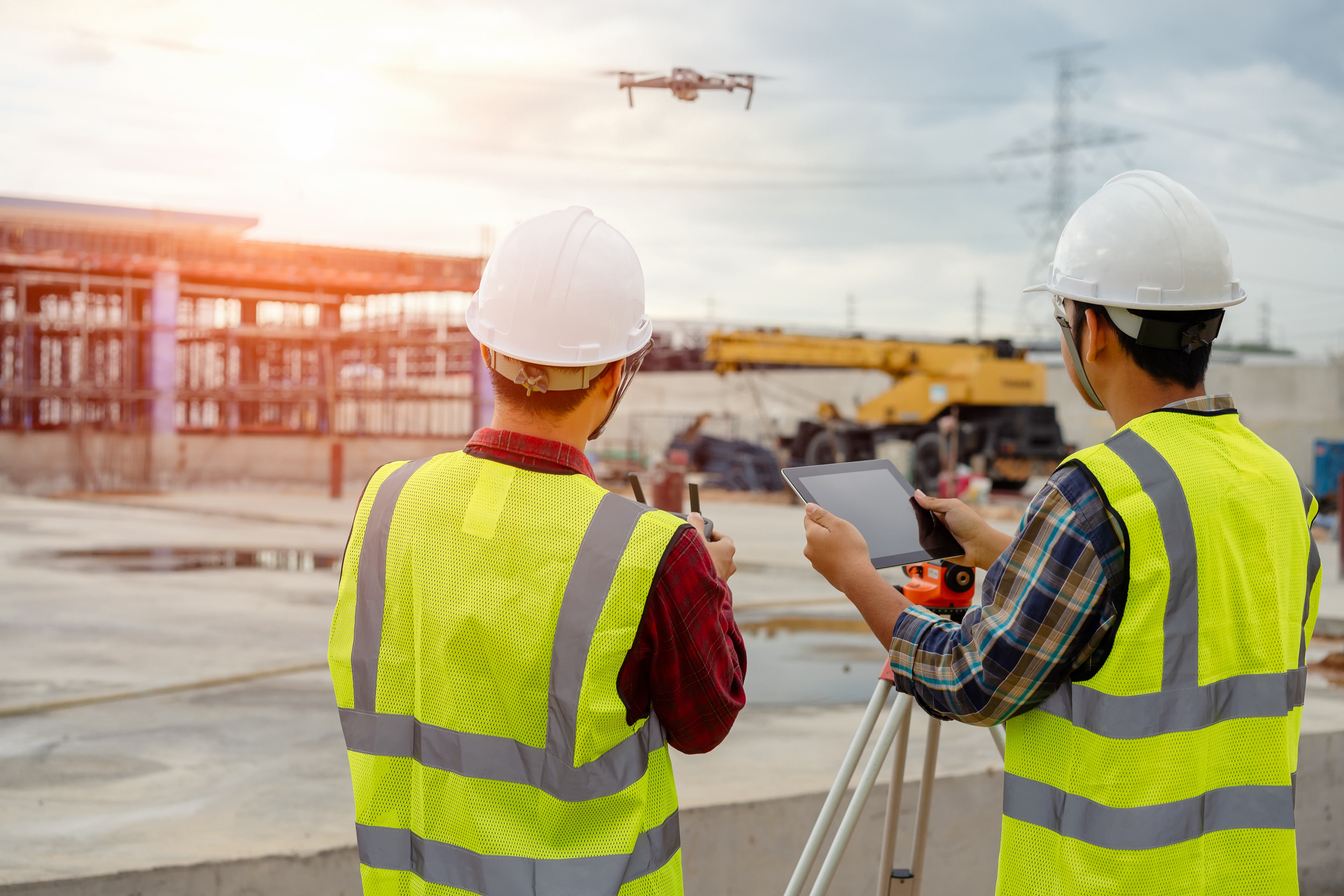29 January 2020
3 min read

Commercial sectors have been benefitting from the use of drones in an ever increasing variety of ways, offering high value gains in efficiencies, productivity, safety and marketing.
Having been used in the military for some time, the construction, infrastructure and agriculture sectors particularly are making widespread use of drones, or unmanned aerial vehicles (UAVs), as are others.
Uses are numerous, and will continue to grow especially as drones are further modified to perform identified operations. Current uses include:
Drone use will become part of ‘business as usual’ for many companies yet to even consider their use. For some that will be where they have operations that could be performed quicker, cheaper or more safely using a drone, or where a drone would allow them to easily record or gather information they don’t currently capture.
Drone use is big business, and forecast to continue to grow for some time yet[1].
Nearly two years ago now, in a bid to take advantage of emerging opportunities, the Queensland Government released its Queensland Drones Strategy (the first such strategy released by an Australian State Government)[2]. This year will see the development of that Government’s $14.5 million commercial drone flight testing facility at Cloncurry Airport.
As is often the case with opportunities, the increase in drone use also gives rise to risks that must be managed. Operators of drones will have to comply with the increasing pool of government rules and regulations governing the use of drones. Some may conduct drone operations ‘in-house’ thereby retaining those operator obligations.
Businesses or individuals might instead engage others for their drone services. That may be for just that purpose or, for example, part of works or services for a much larger project. Those purchasing drone services will need to ensure any risks are adequately managed in the relevant contract. Contractual aspects may include:
So what’s on the horizon for drones? On the legislative front we already know of the mandatory drone registration and accreditation requirements due to be phased in from mid-2020. But the excitement lies in what 2020 might hold for the use of drones.
Try this exercise: Think of an operation and wonder if it could be done by a drone. I pictured a tree lopper up a 50m tree and wondered if that work could be done safer by a drone. I searched “could a drone operate a chainsaw?” and the results indicated the idea had already been thought of. Yes, a drone can.
Commercial drone use offers amazing benefits in a variety of ways, many yet to be realised. But it is essential that the risks involved are appropriately managed.
Author: Andrew Statham
[1] Business Insider, 21 December 2019, “Drone stocks are massive opportunities for companies and investors alike”.
[2] While the Queensland Government released the associated consultation paper on 31 August 2017, the Queensland Drones Strategy was released in 2018.
Disclaimer
The information in this publication is of a general nature and is not intended to address the circumstances of any particular individual or entity. Although we endeavour to provide accurate and timely information, we do not guarantee that the information in this newsletter is accurate at the date it is received or that it will continue to be accurate in the future.